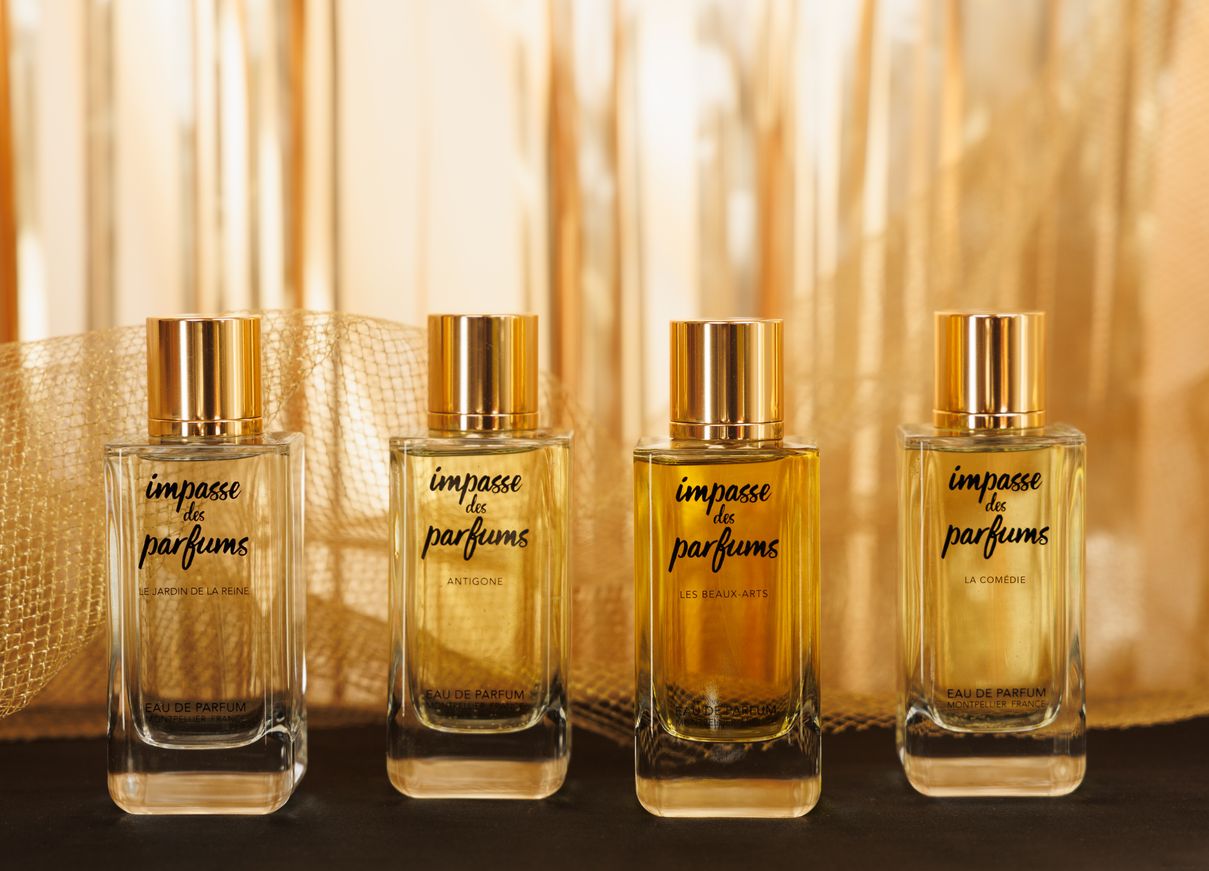The history of "Gantiers-Parfumeurs"
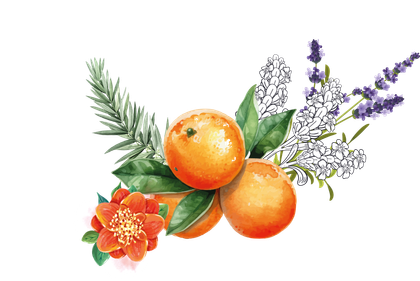

Les dessins seront mieux visibles avec votre appareil à l’horizontale.
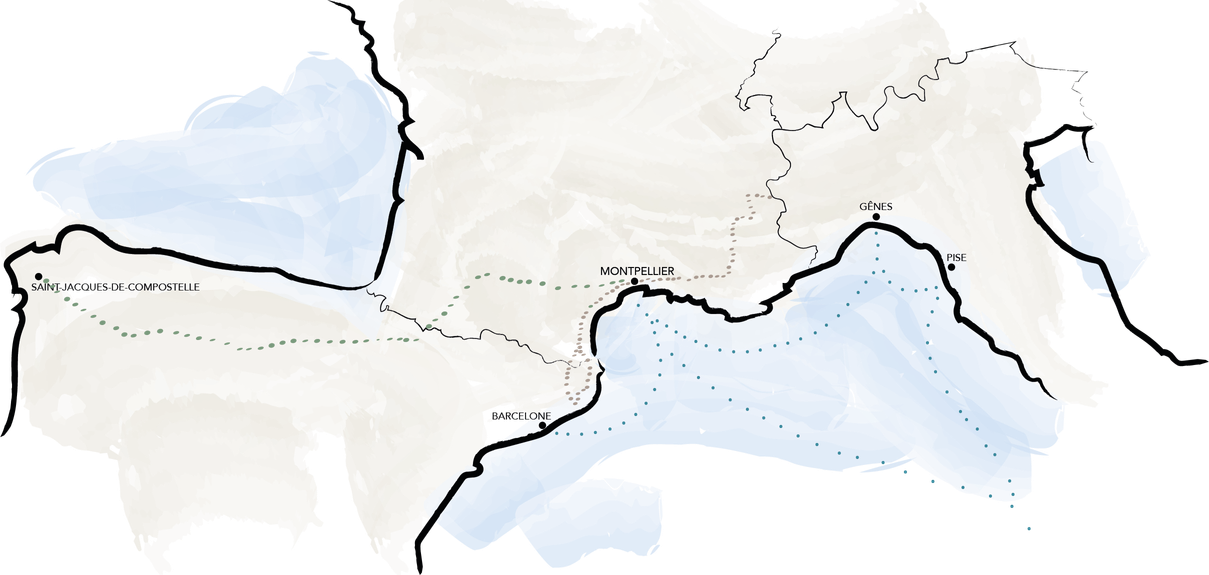








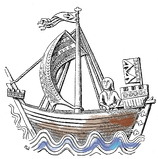
Montpellier, an Favourable location
With the richness of its garrigue, the Roman Via Domitia, and the Camino de Santiago, as well as its port of Lattes on the maritime routes to Barcelona, Montpellier was destined to become a crossroads of knowledge and expertise. Many travellers, merchants, physicians, and scholars passed through Montpellier, linking the Iberian and Italian peninsulas and bringing with them the knowledge from the Arab-Andalusian and Byzantine worlds.
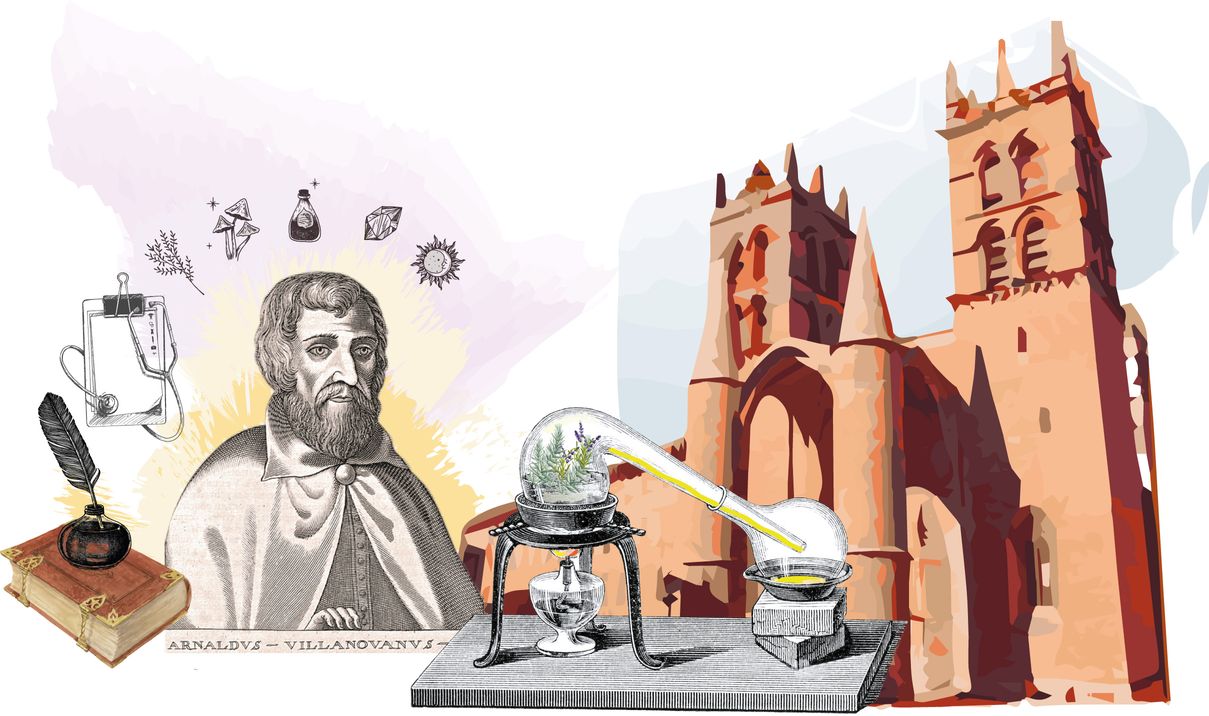
The Birth of the first fragrances
The Montpellier physician Arnaud de Villeneuve, one of the most brilliant and inventive minds of the 13th century, based his work on the alcoholic distillation practiced in the Arab world to create eau-de-vie and rosemary alcoholate. Thus, he invented the very first modern perfume.
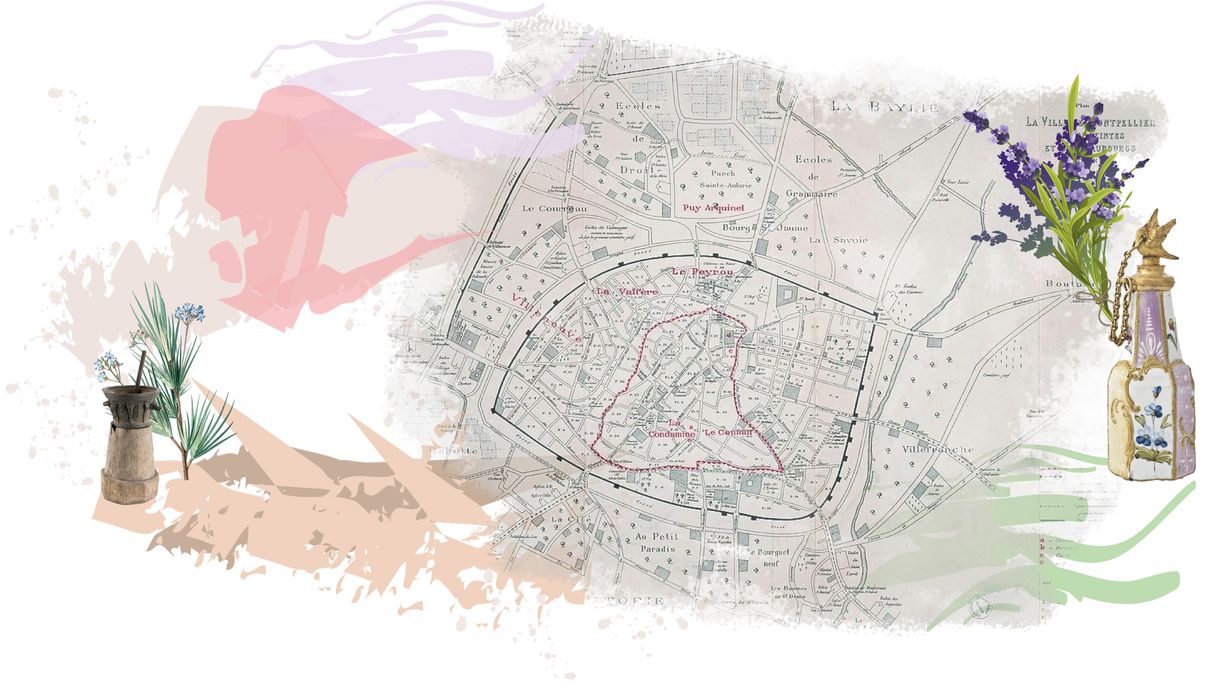
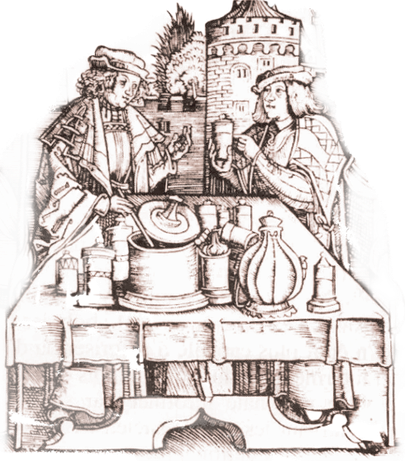
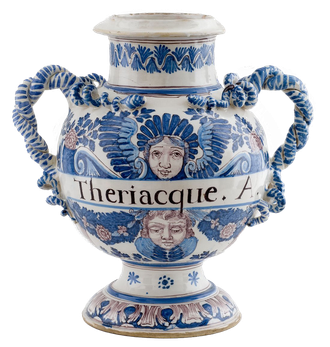
The Era of the Spice Merchand-apothecaries-perfumers.
Under the supervision of the School of Medicine, they developed therapeutic elixirs, and prospered thanks in particular to the renowned "Montpellier theriac", one of the most substantial of its time (with up to 83 ingredients). Its widely recognized curative virtues earned it the nickname of "fine theriac". The excellence of Montpellier's remedies earned the city its reputation, and led to the extension of this seal of quality to all products made here. are manufactured.
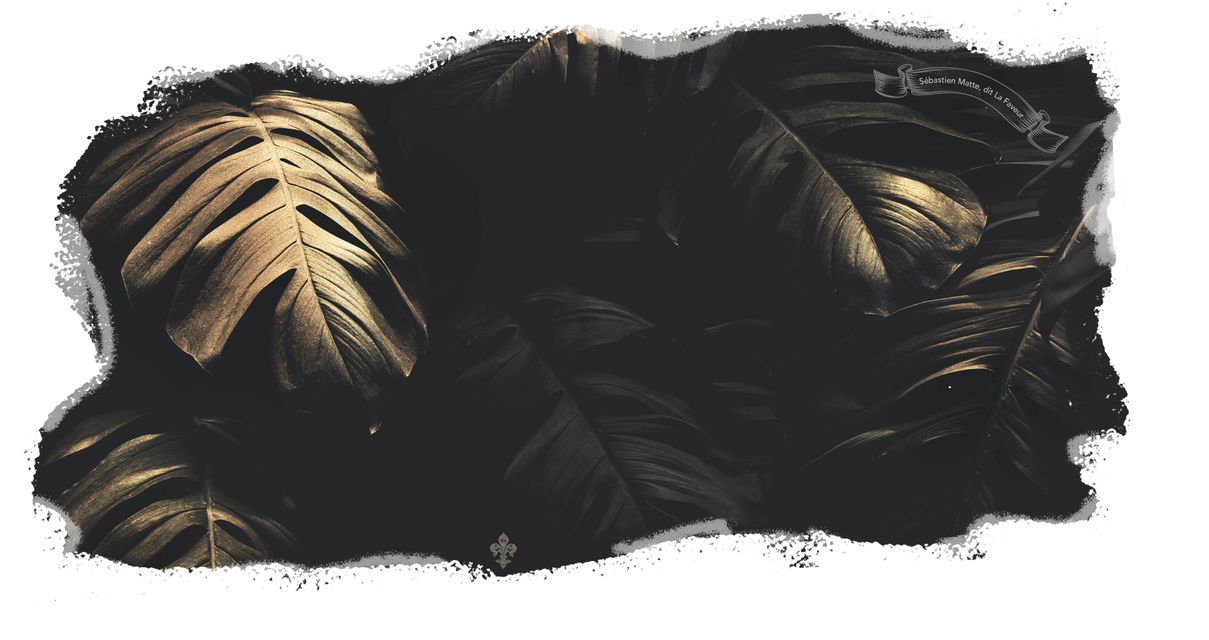
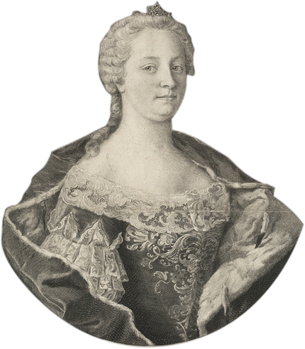
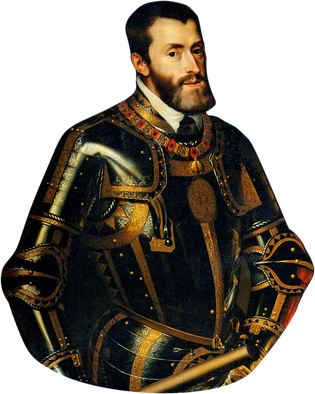
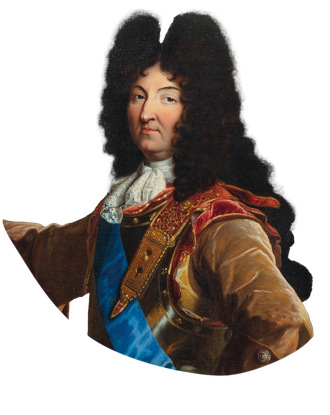
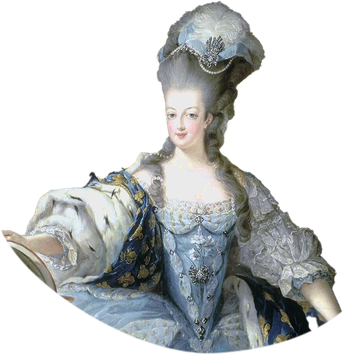
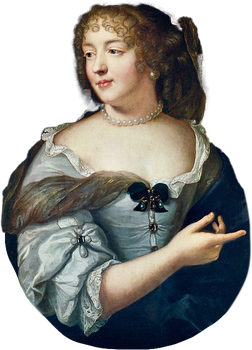

The Water of the Queen of Hungary
The Queen of Hungary, lamenting her appearance and poor health, was offered a bottle of this mysterious water of Montpellier by a hermit. It was both a beauty elixir, an effective remedy, a drink, and a scent. She bathed in it, drank it, and, as if by magic, regained her youth and health. A meteoric success! Versailles adopted it. Louis XIV, Madame de Sévigné, and later Marie-Antoinette—all were "à la mode de Montpellier".
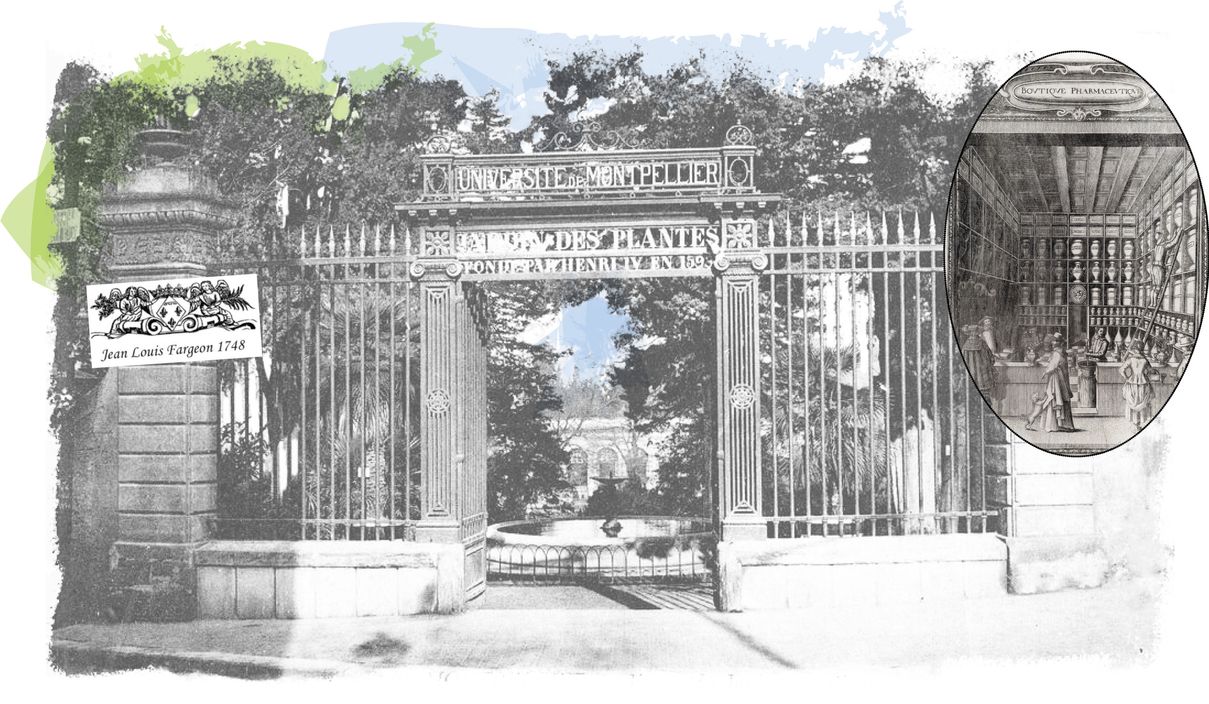
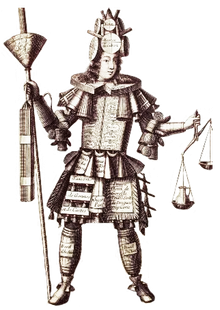
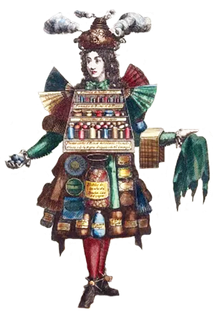

Montpellier, capital of parfumery
True dynasties of apothecary-perfumers were born and thrived in Montpellier: Matte, Fargeon, Catelan, Périer, Deloche… Sébastien Matte sold his Water of the Queen of Hungary all over France and was appointed the royal apothecary to Louis XIV, who ennobled him and granted him the right to extend his name to Matte La Faveur..
The Fargeons became perfumers to Mademoiselle d'Orléans, cousin of Louis XIV, and later to
Queen Marie-Antoinette...
Six Montpellier residents were awarded the first patents as master glove-makers-perfumers by the Sun King.
The city boasted nearly a hundred perfumers and became the leading reference in the world of fragrance.
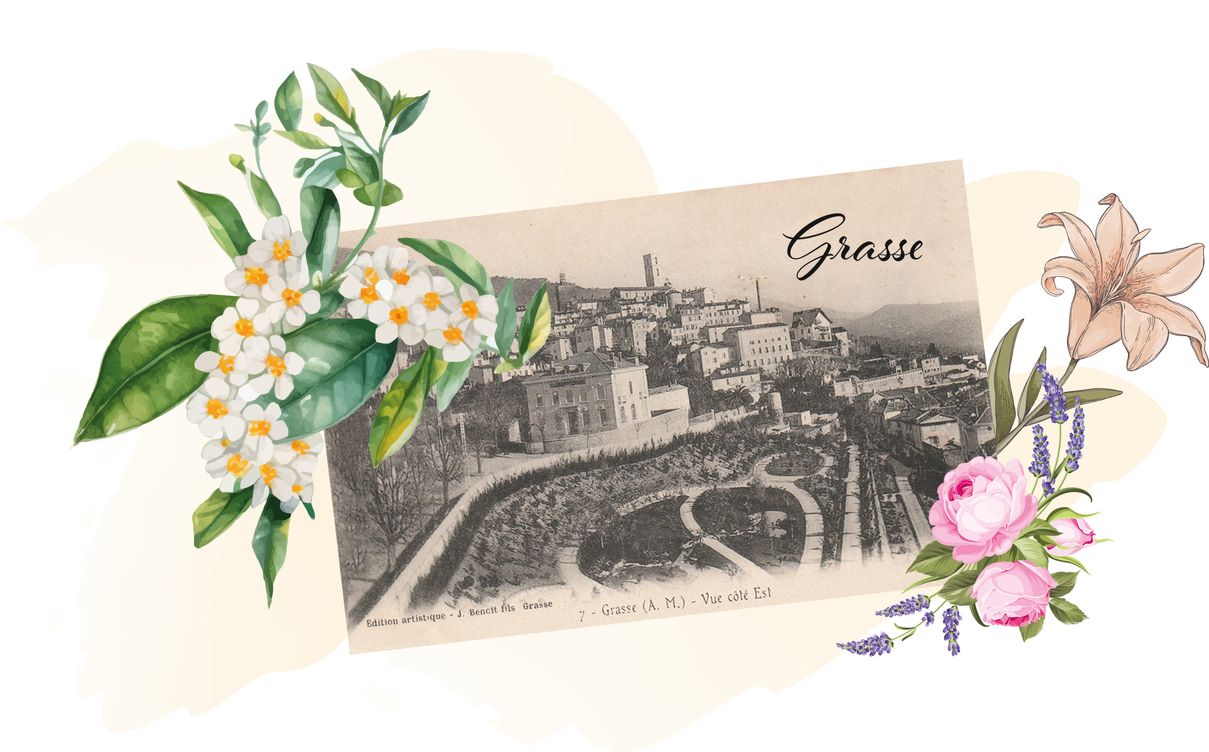
The Great Disruption
From the 18th century onwards, competition emerged in the world of perfumery. Napoleon was a staunch advocate of Eau de Cologne, and the rest of Europe followed suit. The climate of the French Riviera, more suitable for flower cultivation, gave an advantage to Grasse..
The advent of modern chemistry shifts Montpellier's focus to pharmaceuticals. The Matte family
recycles in chocolate...
Today, the professional degree in “Perfumes, Aromas, and Cosmetics” offered by the University of Montpellier still reflects this glorious past.
2023...
2023…
The renaissance of Montpellier perfumes !
